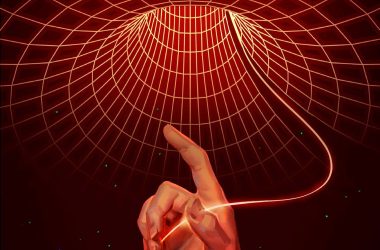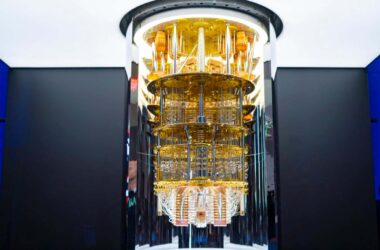Introduction
Loofah sponges, made from the dried husks of luffa gourds, have been found to generate enough electricity when squeezed to power LEDs. This discovery has potential implications for the development of green and affordable power supplies for small devices. However, the practicality of using loofah sponges as a power source is still uncertain.
Research and Findings
A team of researchers from Peking University investigated the piezoelectric properties of loofah material. They chemically treated the dried sponge to remove certain polymers, leaving only a cellulose crystal form. When a 6-millimeter-thick section of this sponge was manually squeezed, it generated up to 8 nanoamps of electricity. By connecting the squeezed sponge to an electrical circuit with capacitors, the researchers were able to briefly power six LED lights.
Potential Applications
The lead researcher, Jianxiang Wang, suggests that loofah sponges could be used as environmentally-friendly and cost-effective power sources for various devices. However, Wang also acknowledges that the current size of a luffa sponge may not be practical for charging mobile phones. He believes that creating an artificial or man-made loofah with similar microstructure and chemical properties could potentially increase the amount of electricity produced, inspiring innovative designs.
Critical Viewpoints
Andrew Bell, a researcher from the University of Leeds, expresses skepticism about the practicality of using loofah sponges as a power source. He points out that the ratio of electrical power to mechanical input from squeezing is smaller compared to other piezoelectric materials. Bell suggests that the technological impact of loofah sponges for power generation might be limited.
Conclusion
The findings of this study highlight the potential of loofah sponges as power sources for small devices. However, there are challenges to overcome, such as the need for larger chunks of luffa sponge for practical applications. Further exploration and potentially the development of artificial loofah-like materials could lead to more efficient and viable power generation solutions.
Topics
- Electricity
- Materials Science








